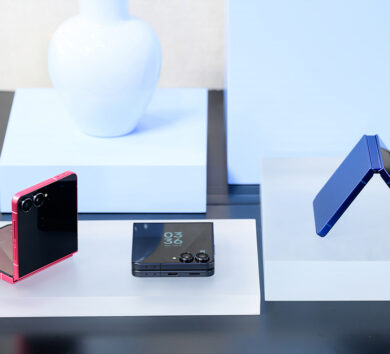

(Reuters)
Ultrasound waves can penetrate through thick tissues and print medical implants inside a body, experiments in animals suggest.
Researchers created 3D implants using focused ultrasound and ultrasound-responsive bioinks delivered via injection or catheter.
The carefully guided ultrasound waves trigger localised heating, slightly above body temperature, that transforms the ink into a gel that can be printed into desired shapes and tailored for functions such as drug delivery and tissue replacement, according to a report published on Thursday in Science.
Furthermore, the ultrasound imaging allows for real-time monitoring and customised pattern creation, the researchers said.
In one experiment, the researchers printed drug-loaded biomaterials that delivered a chemotherapy drug to cancerous sites in a mouse bladder. They found substantially more tumour cell death for several days compared to animals that received the drug through direct injection.
“We have already shown in a small animal that we can print drug-loaded hydrogels for tumor treatment,” study leader Wei Gao of Caltech said in a statement. “Our next stage is to try to print in a larger animal model, and hopefully, in the near future, we can evaluate this in humans.”
A commentary published with the paper notes that refinements are still needed.
“Printing on organs that expand and contract, such as the lungs, heart, and stomach, presents additional challenges,” the commentary authors note.
Home washing doesn’t disinfect healthcare worker clothes
Healthcare workers who wash their scrubs at home may be unknowingly contributing to the spread of antibiotic-resistant infections in hospitals, researchers warned in a report published in PLoS One.
To evaluate whether home washing machines successfully decontaminated healthcare worker uniforms, they washed contaminated fabric swatches in six different consumer-grade washing machines in hot water, using rapid and normal cycles.
Half of the machines did not disinfect the clothing during a rapid cycle, while one third failed to clean sufficiently during the standard cycle.
After each washing, DNA sequencing of biofilm samples from inside the machines revealed the presence of potentially pathogenic bacteria and antibiotic resistance genes.
“Our research shows that domestic washing machines often fail to disinfect textiles, allowing antibiotic-resistant bacteria to survive,” the report’s authors said in a statement.
Researchers also found that bacteria can develop resistance to domestic detergents, which also increased their resistance to certain antibiotics.
They propose that the laundering guidelines given to healthcare workers should be revised to ensure that home washing machines are cleaning effectively.
“If we’re serious about transmission of infectious disease via textiles and tackling antimicrobial resistance, we must rethink how we launder what our healthcare workers wear,” the researchers said.







Comments